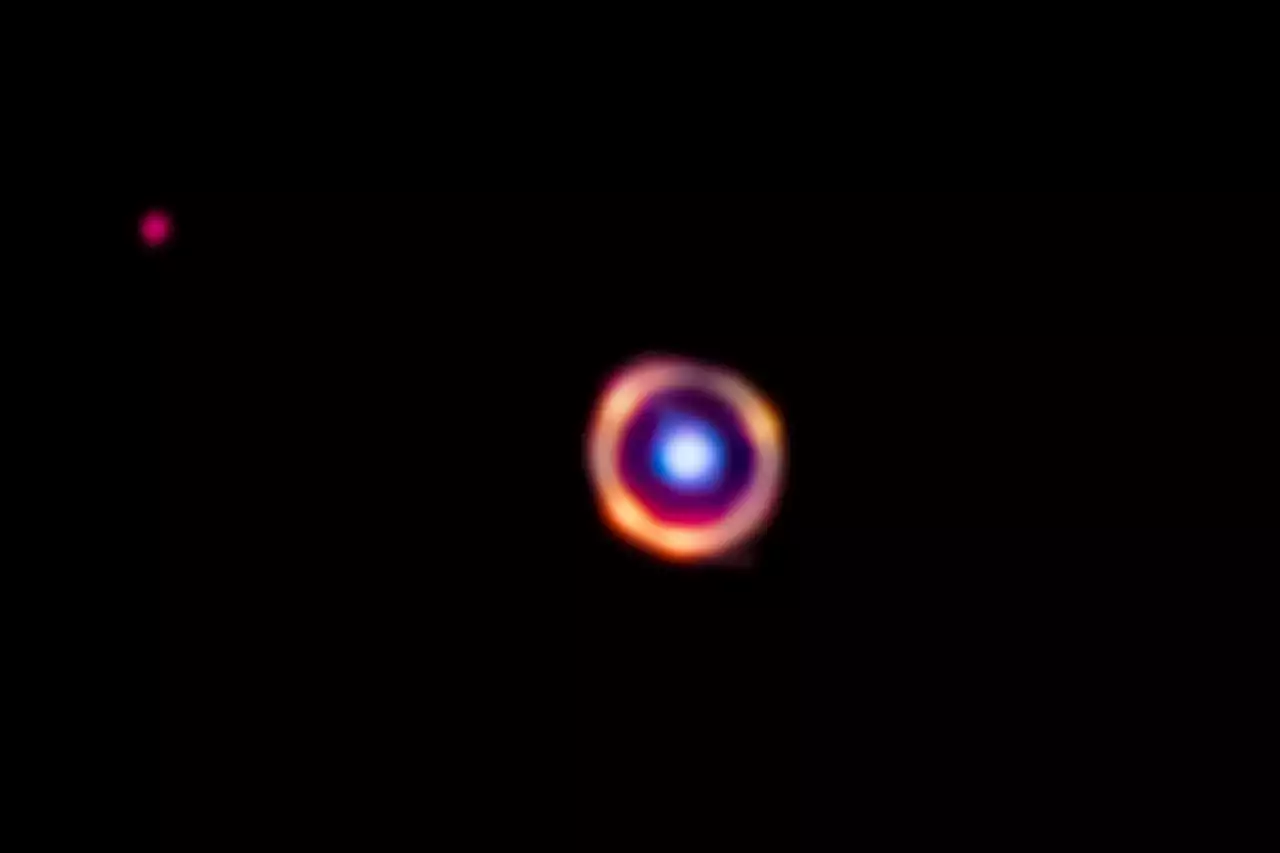The JADES program used 770 hours of JWST observing time on the earliest galaxies and found the most distant galaxy yet, among other surprises.
“Previously, the earliest galaxies we could see just looked like little smudges. And yet those smudges represent millions or even billions of stars at the beginning of the universe.”JADES is revisiting a region of the sky familiar to astronomy buffs: the The HUDF is a deep-field image of a small region of the sky that took over 11 days of observations spread over months by the Hubble Space Telescope to capture.
This diagram of the evolution of the universe from the big bang to the present shows the epoch of reionization. Credit: NASA, ESA, and A. Feild Massive stars burn hot and send out potent UV radiation. The radiation ionized the hydrogen atoms, removing the electron and leading to the EOR. The Universe is now composed mostly of low-density ionized hydrogen and remains transparent and open to observation with our telescopes. Since the Universe’s early galaxies contained vast numbers of hot massive stars, they likely drove the reionization process.to explore the JWST’s images.
United States Latest News, United States Headlines
Similar News:You can also read news stories similar to this one that we have collected from other news sources.
 Webb Space Telescope Shows Early Universe Crackled With Bursts of Star FormationWebb Also Continues To Uncover a Bounty of Distant, Young Galaxies With its large, light-gathering mirror and infrared sensitivity, NASA’s James Webb Space Telescope (JWST) is uniquely suited to study galaxies that existed in the early universe, just a few hundred million years after the big bang.
Webb Space Telescope Shows Early Universe Crackled With Bursts of Star FormationWebb Also Continues To Uncover a Bounty of Distant, Young Galaxies With its large, light-gathering mirror and infrared sensitivity, NASA’s James Webb Space Telescope (JWST) is uniquely suited to study galaxies that existed in the early universe, just a few hundred million years after the big bang.
Read more »
 Early voting shows more District 1 voters turning out in runoff raceVoters in Districts 1 and 7 have one more opportunity to cast their ballots in San Antonio's City Council runoff elections Saturday, June 10.
Early voting shows more District 1 voters turning out in runoff raceVoters in Districts 1 and 7 have one more opportunity to cast their ballots in San Antonio's City Council runoff elections Saturday, June 10.
Read more »
 JWST spots the most distant ‘smoke’ molecules ever seen in spaceThe presence of the molecules in an early galaxy means it must have pumped out stars at a furious pace, researchers say.
JWST spots the most distant ‘smoke’ molecules ever seen in spaceThe presence of the molecules in an early galaxy means it must have pumped out stars at a furious pace, researchers say.
Read more »
 JWST Sees Organic Molecules Ludicrously Far AwayChock up another science victory for the James Webb Space Telescope. It spotted PAHs in a distant galaxy from the dawn of time.
JWST Sees Organic Molecules Ludicrously Far AwayChock up another science victory for the James Webb Space Telescope. It spotted PAHs in a distant galaxy from the dawn of time.
Read more »
 Peak Seasons, Times for Suicidal Thoughts, Attempts ID'dSuicidal ideation peaks during the winter but suicide attempts are most common in late spring and early summer in the early hours of the morning, new research shows.
Peak Seasons, Times for Suicidal Thoughts, Attempts ID'dSuicidal ideation peaks during the winter but suicide attempts are most common in late spring and early summer in the early hours of the morning, new research shows.
Read more »
 Scientific utopias: tackling an early-morning crisis at the Institute of Merged SciencesEarlier this year, Nature co-sponsored a science-fiction essay competition. In Katherine Ember’s winning essay, researchers have an immediate responsibility to the public. They’re asked to act urgently to help society.
Scientific utopias: tackling an early-morning crisis at the Institute of Merged SciencesEarlier this year, Nature co-sponsored a science-fiction essay competition. In Katherine Ember’s winning essay, researchers have an immediate responsibility to the public. They’re asked to act urgently to help society.
Read more »
